🌷 🌸 How To Plant Daylilies In Your Garden 🌼 🌷

Daylilies are low-maintenance flowering perennial plants known for their abundance of cheery blooms. Here’s how to plant daylily flowers in your garden. 🌼
BEFORE - Choosing Daylily Plants
There are many different types of daylilies to consider for planting in your landscape. These beauties are available in many colors, from yellow and orange to pink, purple, and red. There are daylilies with ruffled petals and daylilies with trumpet-type straight lily petals. Some plants grow their flowers on short stems under a foot tall, while others send up 3-foot flower scapes topped with bright blooms. Some types also flower much earlier in the season than others.
Here are some beautiful types of hybrid garden daylilies to consider:
- Hemerocallis ‘Always Afternoon’
- Hemerocallis ‘Little Grapette’
- Hemerocallis ‘South Seas’
- Hemerocallis ‘Princess Diana’
- Hemerocallis ‘Lavender Blue Baby’
- Hemerocallis ‘Hanalei Bay’
- Hemerocallis ‘Strawberry Candy’
- Hemerocallis ‘Prairie Belle’
Many of these modern cultivars are “reblooming” daylilies, meaning that while they do have a main bloom period, they will continue to bloom intermittently throughout the growing season.
Step 1 - Choose a Planting Location
Daylilies are not fussy about where they are planted. These plants will produce the most flowers in a full sun location that receives at least 6 hours of sun per day, provided the plants receive enough water. Plants in partial sun and partial shade may not produce quite as many flowers, but also will not have to be watered as often. The hot afternoon sun can fade the color in the daylily flower petals, so some gardeners choose a location with morning sun and afternoon shade.
In terms of soil, daylilies are also quite forgiving in comparison to other flowering perennials. Like many plants, they grow best in soil that is moist, but drains off excess water easily. These soil characteristics are often found in sandy loam soils where the large void spaces between soil particles can host both air and water for the lily roots to access. That said, daylilies can also be grown successfully in marginal soil such as heavy clay in some situations.
Step 2 - Dig Planting Hole
- Water the daylily plant in the pot if the soil appears dry.
- Dig a hole in the soil that’s about twice as wide as the plant’s pot, but only as deep as the soil in the plant pot.
Step 3 - Planting the Daylily
Here are the basic steps for planting daylilies:
- Gently remove the plant from the pot by sliding the pot off the root zone.
- Take a look at the daylily roots if visible on the side of the soil. I like to gently loosen any large roots that are growing in a circle manner around the pot.
- Place the root ball into the center of the hole.
- Check the soil levels to ensure that the level of the soil at the top of the root ball is even with the ground level surrounding the hole.
- Backfill the hole with the same soil that came out of the hole, gently patting it down around the plant.
- Water the planted daylily to moisten surrounding soil and to help the soil settle around the roots of the plant.
Step 4 - Care After Planting
After the daylily is planted, the surface area around the plant can be mulched with a high-quality organic mulch such as homemade compost. This mulch will help keep moisture in the soil, reducing watering requirements. It can also help suppress weeds around the baby plant and will also give it a gentle boost of mineral nutrients.
While daylilies are known for being tough-as-nails in the garden, they do require a bit of pampering during their first year in the soil. Keep the new plants well-watered throughout the first year. Gently pull out any weeds growing in the immediate area of the plant to reduce competition for mineral nutrients, water, and sunlight. Check on the plant frequently to see how its doing.
AFTER - Daylily Flowering
Here's a photo I took in a previous season of a classic yellow daylily flowering first thing in the morning 💖
More Low-Maintenance Perennial Plants for Ornamental Landscaping:
link to How To Plant Lily Bulbs In Your Flower Garden
Lilies are among the most dramatically beautiful perennial flowers in the garden. Fortunately for us beginner gardeners, they're also very easy to plant and to care for! Here's all the details about...
link to Planting Hosta Bulbs: How To Plant Bare-Root Hostas in Spring or Fall
Hostas are an easy-to-grow, low-maintenance perennial plant perfect for shade gardens and low-light areas in your landscape. While you can buy them as potted plants, they're often much more...
Here's a longer video showing the whole process of planting daylilies in the garden 🌷
Enjoyed the project?
Resources for this project:
See all materials



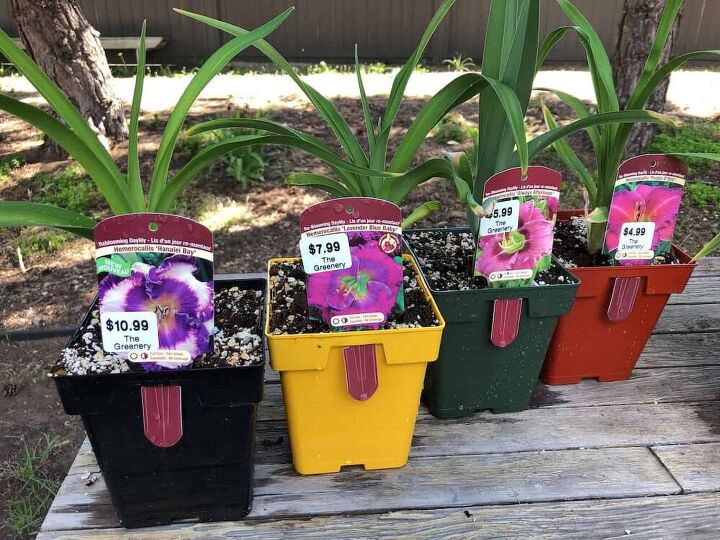








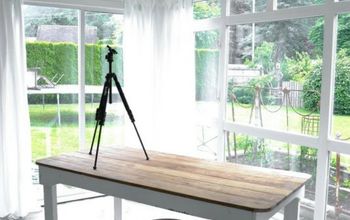




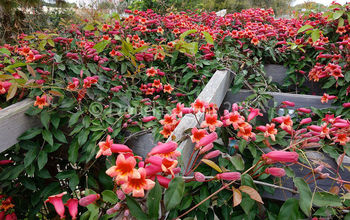
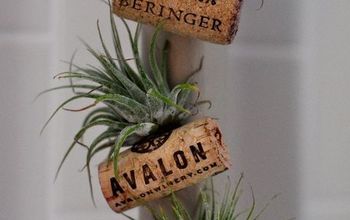
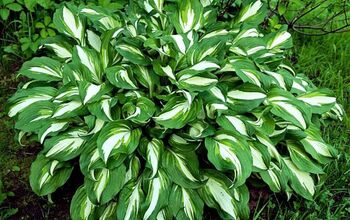







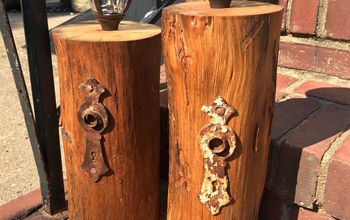





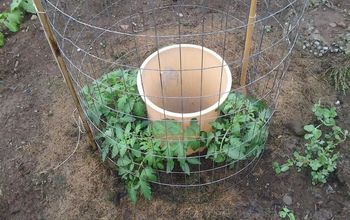
Frequently asked questions
Have a question about this project?